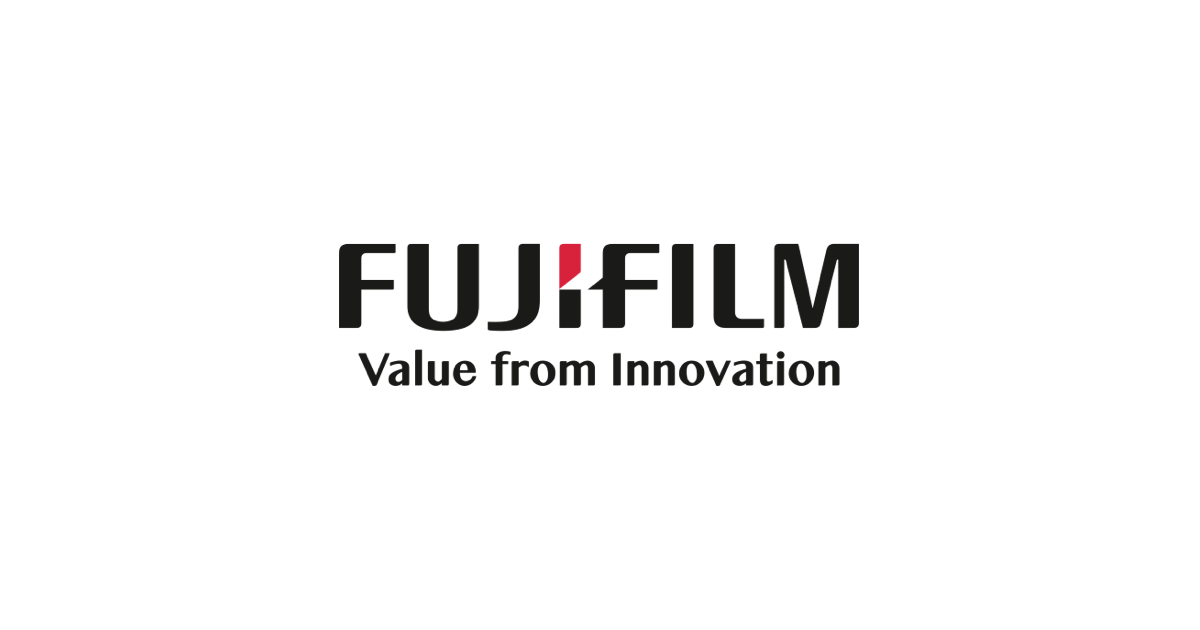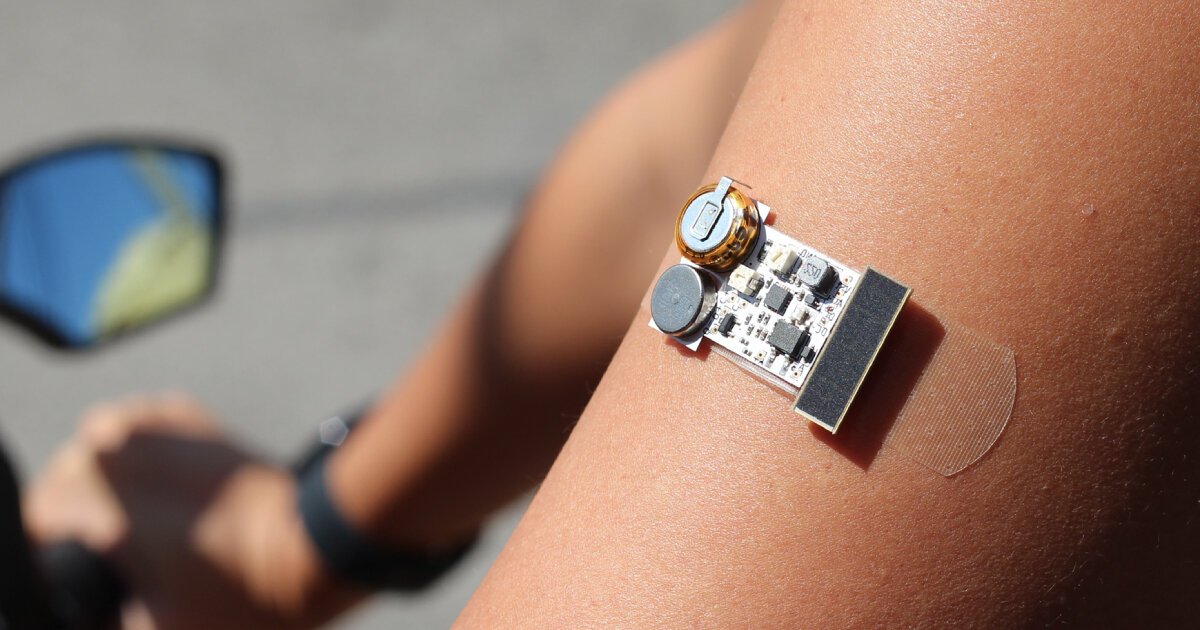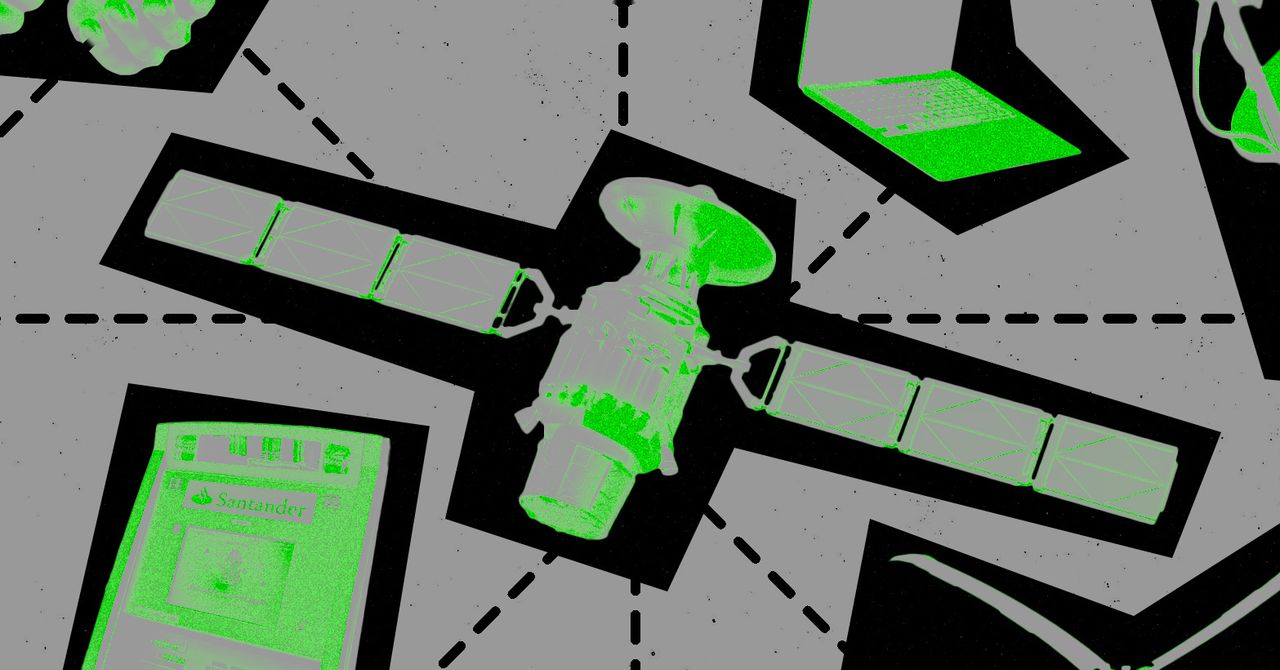- Oil edges up as US-China de-escalate trade tensions Reuters
- Oil settles higher as US, China try to de-escalate trade tensions Reuters
- Crude oil prices show more of the negative signs-Analysis-14-10-2025 Economies.com
- During the European session, WTI Oil rises to $59.40, while Brent remains steady at $61.96 VT Markets
- Oil Prices Rebound After Sharp Declines Rigzone
Blog
-
Oil edges up as US-China de-escalate trade tensions – Reuters
-

Fujifilm Announces Enhancements to the Updated instax mini Link™ for Nintendo Switch™ Smartphone App
FUJIFILM North America Corporation, a marketing subsidiary of FUJIFILM Holdings America Corporation, consists of six operating divisions. The Imaging Division provides consumer and commercial photographic products and services, including silver halide consumables; inkjet consumables; digital printing equipment, along with service and support; personalized photo products fulfillment; film; one-time-use cameras; and the popular instax™ line of instant cameras, smartphone printers, instant film, and accessories. The Electronic Imaging Division markets its GFX System and X Series lines of mirrorless digital cameras, lenses, and accessories to provide a variety of content creation solutions for both still and moving imagery. The Optical Devices Division provides optical lenses for the broadcast, cinematography, closed circuit television, videography, and industrial markets, and also markets binoculars and other optical imaging solutions. The Business Innovation Division offers a full lineup of digital print and toner technologies focused on enabling the digital transformation of businesses and print shops with its offerings of multifunction printers, digital inkjet presses, production toner printers, software, and more. The Industrial Products Division delivers new products derived from Fujifilm technologies including data storage tape products, including OEM and FUJIFILM Ultrium LTO cartridges, desalination solutions, microfilters and gas separation membranes.
For more information, please visit https://www.fujifilm.com/us/en/about/region, go to https://x.com/fujifilmus to follow Fujifilm on X, or go to www.facebook.com/FujifilmNorthAmerica to Like Fujifilm on Facebook.
FUJIFILM Corporation is a subsidiary of FUJIFILM Holdings Corporation. FUJIFILM Holdings Corporation, headquartered in Tokyo, leverages its depth of knowledge and proprietary core technologies to deliver innovative products and services across the globe through the four key business segments of healthcare, electronics, business innovation, and imaging with over 70,000 employees. Guided and united by our Group Purpose of “giving our world more smiles,” we address social challenges and create a positive impact on society through our products, services, and business operations. Under its medium-term management plan, VISION2030, which ends in FY2030, we aspire to continue our evolution into a company that creates value and smiles for various stakeholders as a collection of global leading businesses and achieve a global revenue of 4 trillion yen (29 billion USD at an exchange rate of 140 JPY/USD). For more information, please visit: https://holdings.fujifilm.com/en/.
For further details about our commitment to sustainability and Fujifilm’s Sustainable Value Plan 2030, click here.
FUJIFILM and instax are registered trademarks of FUJIFILM Corporation and its affiliates.
All other trademarks are the property of their respective owners.
© 2025 FUJIFILM North America Corporation and its affiliates. All rights reserved.
[1] A free Smartphone App, compatible with Android phones and iPhones, is required for use of the instax mini Link™ Smartphone printer. It can be downloaded from Google Play in the case of Android phones and from the App Store for iPhones, provided that there are some countries and regions where the instax mini Link™ for Nintendo Switch App will not be available for download.
[2] Instant film sold separately
Continue Reading
-

Fujifilm Announces the Next Generation of its instax mini LiPlay™ Hybrid Instant Camera Series
FUJIFILM North America Corporation, a marketing subsidiary of FUJIFILM Holdings America Corporation, consists of six operating divisions. The Imaging Division provides consumer and commercial photographic products and services,…
Continue Reading
-

Peppermints improve alertness when sick with a cold, study suggests
Eating peppermints can increase alertness in people who are ill with the common cold, according to research.
Scientists at Cardiff University looked at whether having a cold impaired mood and performance and if these effects could be removed by…
Continue Reading
-

wearable bandage with solar cell can detect user’s sun exposure
Researchers create attachable device for sun exposure
Researchers from Carnegie Mellon University and the University of California develop Hapt-Aids, a wearable bandage with a solar cell that can detect how long the user has been exposed to the…
Continue Reading
-

Australia call up Josh Philippe and Matt Kuhnemann for ODI against India
Josh Philippe is set to play his first ODI for Australia in four years, after Josh Inglis failed to recover from his calf strain in time for the series opener against India.
Australian officials confirmed on Tuesday that Philippe had been called…
Continue Reading
-

Nothing Phone (3a) Lite is coming, some details leak
Nothing launched the Phone (3a) and Phone (3a) Pro mid-rangers back in March, and in July we heard that the company may have been working on a Lite device to add to its roster.
Today a new rumor claims this will be the Nothing Phone (3a)…
Continue Reading
-

Satellites Are Leaking the World’s Secrets: Calls, Texts, Military and Corporate Data
That suggests anyone could set up similar hardware somewhere else in the world and likely obtain their own collection of sensitive information. After all, the researchers restricted their experiment to only off-the-shelf satellite hardware: a $185 satellite dish, a $140 roof mount with a $195 motor, and a $230 tuner card, totaling less than $800.
“This was not NSA-level resources. This was DirecTV-user-level resources. The barrier to entry for this sort of attack is extremely low,” says Matt Blaze, a computer scientist and cryptographer at Georgetown University and law professor at Georgetown Law. “By the week after next, we will have hundreds or perhaps thousands of people, many of whom won’t tell us what they’re doing, replicating this work and seeing what they can find up there in the sky.”
One of the only barriers to replicating their work, the researchers say, would likely be the hundreds of hours they spent on the roof adjusting their satellite. As for the in-depth, highly technical analysis of obscure data protocols they obtained, that may now be easier to replicate, too: The researchers are releasing their own open-source software tool for interpreting satellite data, also titled “Don’t Look Up,” on Github.
The researchers’ work may, they acknowledge, enable others with less benevolent intentions to pull the same highly sensitive data from space. But they argue it will also push more of the owners of that satellite communications data to encrypt that data, to protect themselves and their customers. “As long as we’re on the side of finding things that are insecure and securing them, we feel very good about it,” says Schulman.
There’s little doubt, they say, that intelligence agencies with vastly superior satellite receiver hardware have been analyzing the same unencrypted data for years. In fact, they point out that the US National Security Agency warned in a 2022 security advisory about the lack of encryption for satellite communications. At the same time, they assume that the NSA—and every other intelligence agency from Russia to China—has set up satellite dishes around the world to exploit that same lack of protection. (The NSA did not respond to WIRED’s request for comment).
“If they aren’t already doing this,” jokes UCSD cryptography professor Nadia Heninger, who co-led the study, “then where are my tax dollars going?”
Heninger compares their study’s revelation—the sheer scale of the unprotected satellite data available for the taking—to some of the revelations of Edward Snowden that showed how the NSA and Britain’s GCHQ were obtaining telecom and internet data on an enormous scale, often by secretly tapping directly into communications infrastructure.
“The threat model that everybody had in mind was that we need to be encrypting everything, because there are governments that are tapping undersea fiber optic cables or coercing telecom companies into letting them have access to the data,” Heninger says. “And now what we’re seeing is, this same kind of data is just being broadcast to a large fraction of the planet.”
Continue Reading
-

Scientists explore natural hypothermic states as therapy for brain injury
Hypothermia can preserve neuron health following brain injury, but complications from external cooling make it less promising therapeutically. Recent evidence suggests that activating a specific neuron population triggers a…
Continue Reading
-

Lab-grown embryo models mimic natural formation of blood and heart cells
University of Cambridge scientists have used human stem cells to create three-dimensional embryo-like structures that replicate certain aspects of very early human development – including the production of blood stem cells.
Human…
Continue Reading